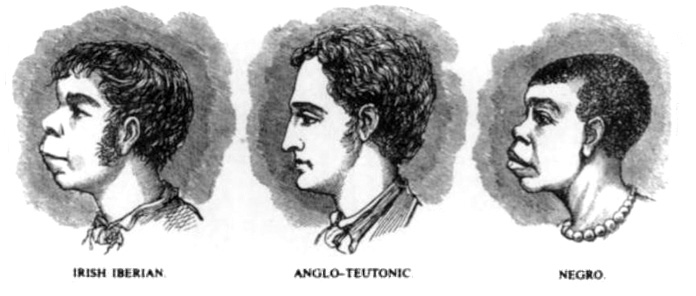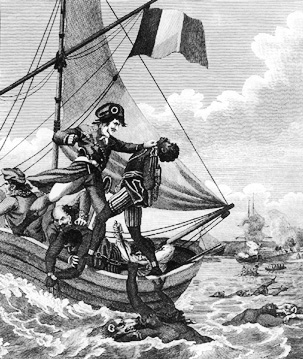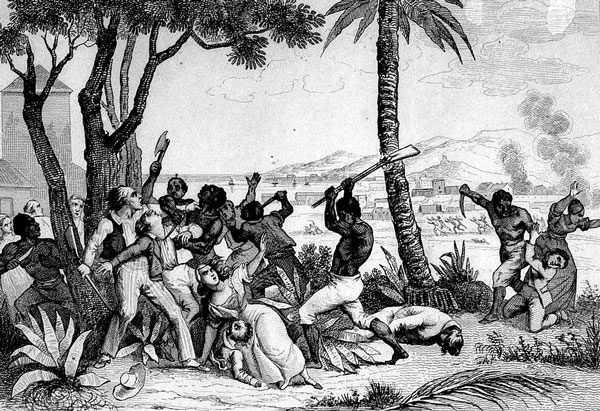 Introduction and Liberation
Introduction and Liberation
An LBL Project
Most of today’s experts point out that “race” is an artificial category, a concept constructed by people, not a biological fact. People of a given skin “color” are often more different from each other, physiologically and genetically, than they are from people of another “skin color.”
Think about it.
“Race” theorists often confuse culture and class with hereditary difference.
Yet the lived experience of racial difference is real and profound. For hundreds of years, millions of people have been deprived of their full rights and human dignity for that mere feature of skin color.

The story (as it’s now told) goes something like this.
Involuntary servitude—slavery by debt or conquest, apprenticeship, indentureship and imprisonment—have existed for thousands of years. People have often used the fear of cultural difference, economic and technological poverty, geographic distance, military power and minority status to make servants and masters. But with the opening of the Americas, service took on an intensified form of “chattel” slavery: the slave as lifetime personal property. The New World offered immense riches, if settlers could get enough cheap labor to exploit its resources.

At first boundaries between African captives and indentured settler-servants tended to be fluid, with “mixed” marriages, families and households. But with the American Revolution, Africans in the thirteen breakaway colonies heard the ringing declaration that “all men are created equal [and] endowed… with inalienable rights [to] …liberty and the pursuit of happiness.” Thousands freed themselves by serving the armies of the Continental rebels or His Majesty, or buying themselves out.
Threatened with the loss of their laborers, leaders of the so-called Western world—meaning Europe and the Americas—developed a “scientific” doctrine to justify their holding people of other colors as perpetual property. Led in Europe by such “natural philosophers” as Voltaire, Carl Linnaeus and Immanuel Kant, and in the new United States by founding fathers Benjamin Rush and Thomas Jefferson, they declared the human species divided into sub-“races,” of which the lighter were superior and the darker the ever-more inferior. And they enlisted violence and the coercive power of the State to maintain that hierarchy.
So-called “Blacks” resisted their enslavement. Their resistance grew until it turned into Civil War within the Americas.
That war first broke out in the French island colony of Saint Domingue, when slaves and people of mixed color, inspired by the U.S. (~1765-1783) and French (began 1789) Revolutions, rose up. The resulting bloody and horrific thirteen-year struggle (1791-1804) resulted in the Western hemisphere’s second declaration of independence, of the black republic (and empire) named Haiti.
American “Whites,” terrified by the Haitian revolution, cracked down ever harder on so-called “Blacks” on Southern plantations, in the towns and countryside where free Blacks’ civil and citizenship rights were legislated away, in Haiti and throughout the Caribbean. The new regime included penalties against intercourse and myths of sexual pollution, even to a “single drop of blood,” to enforce racial separation.
Some Whites opposed chattel slavery out of moral conviction. Their religion and philosophy told them that slavery was evil. They joined the “Blacks” in fighting to end it. Eventually these “abolitionists” won the political battle. Their numbers and power grew until civil war between the States forced the U.S. president to issue his Emancipation Declaration.
It would take many more generations to undo the doctrine and practices of racism.
We’ve developed the Between Civil War and Civil Rights audio-documentary series over a period of years. Producing them has been a process of working on our beliefs and attitudes towards each “other.”
As it evolves towards a multi-media multi-project, the series could use a more explicit context for its history of American race relations. One reason it lacks such a program is because audio evidence doesn’t go back that far. Recording began around the start of the Twentieth Century; direct history testimony from the creation of racism and slavery doesn’t exist.
Help us expand this story to explore lives and relations across the “racial” divide in America before 1865. We need your help. Please send us your suggestions and contributions: ideas, texts, images, apps and especially sounds, to help shape this page, and perhaps a broadcast-able Introductory program for Between Civil War and Civil Rights.
We want anything that meets Listening Between the Lines’ basic rule: NO Dramatic re-enactments, “reconstructed” dialogue or invented texts.
Partner with us in developing this page, this website, and this program. Watch this page for information and excerpts as we develop the story and, hopefully, the script.

